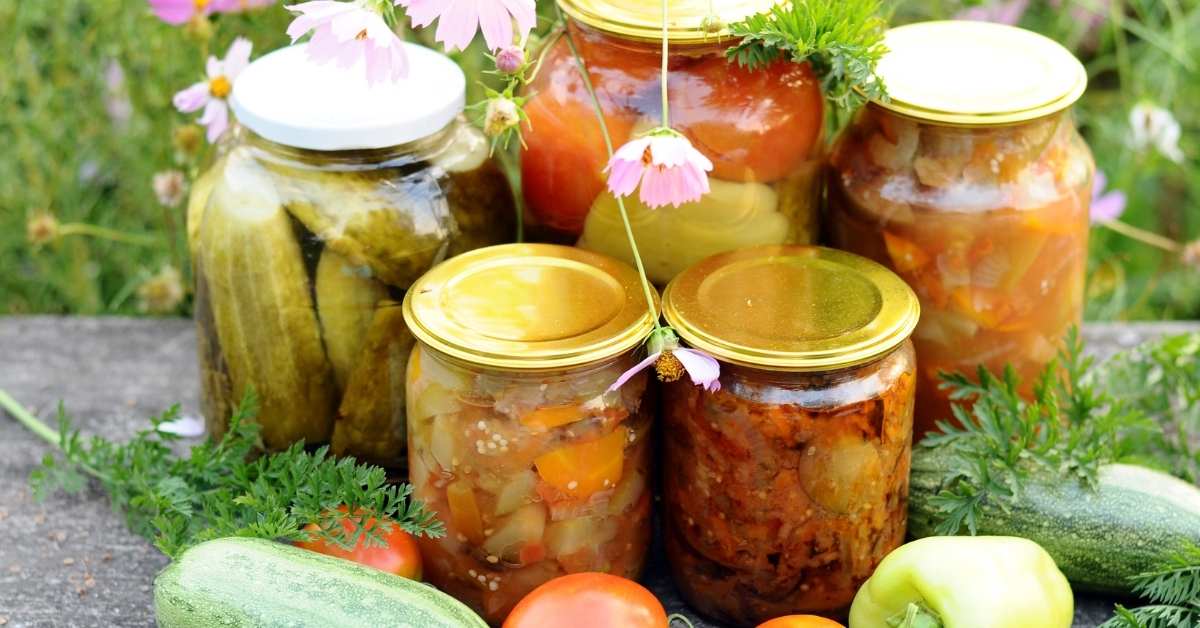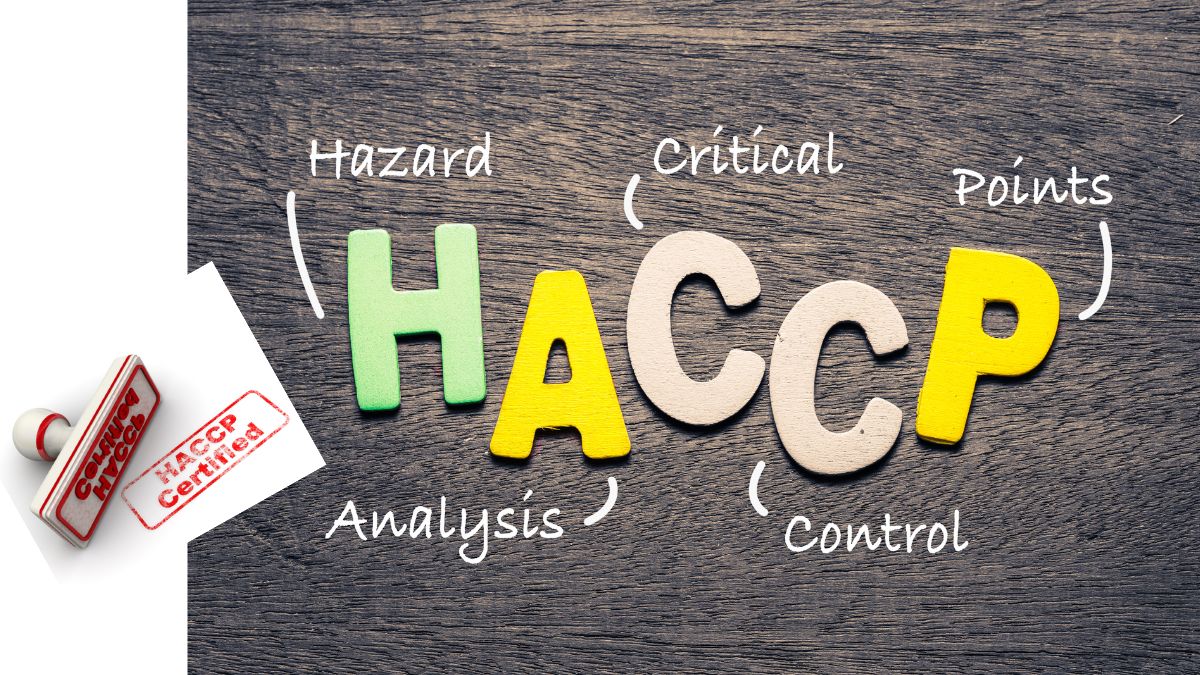- Building occupants are being exposed to a wide variety of airborne chemicals when cleaning agents and air fresheners are used in buildings.
Environmental progress from 1900 to 2023 is debatable but very conclusive. It’s all downhill. The question is, why? Simply put, the answer is that progress based on dominating nature, with non-harmonious interaction, creates the misconception that we can somehow exist separately from the health of this planet.
An impossibility as the volume of evidence to the contrary escalates. Holes in the ozone layer, polluted land-based water systems, high ocean pollution levels, fish kills, oil spills, mutated animals, escalating infertility, irradiated foods, massive chemical contamination, and acid rain. The whole 20th Century catastrophe!
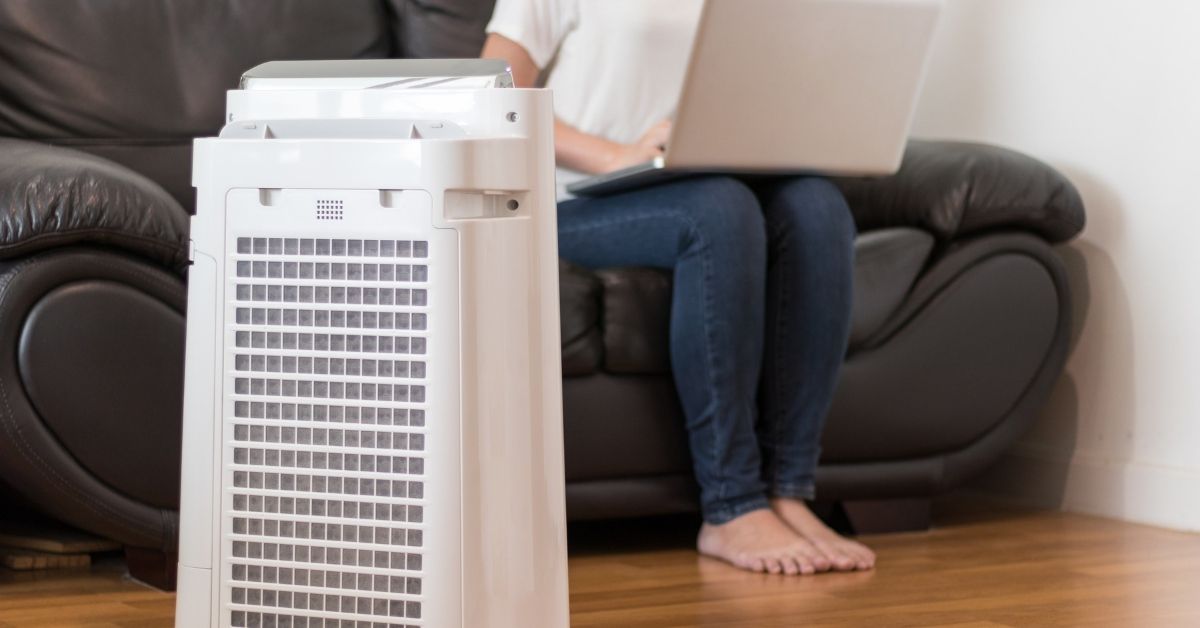
As a man “progresses,” so has the volume of waste. This waste goes into the atmosphere, the earth, the rivers, and the oceans, destroying our environment.
Modern “western” humankind is divorced from the cycles of nature. It seems to spend as much time as possible actively avoiding it in our day-to-day lives. We rush out of our homes into our cars and into the office as fast as possible, leaving for most of us only the weekend to come into contact with the natural world and only then if we are not in front of the TV or watching movies.
This modern lifestyle means that we are spending more time inside manufactured structures than at any time in human history. Unfortunately, this also means that we are being exposed to a wide variety of airborne chemicals as a by-product of the cleaning agents, air fresheners, plastics, and building materials used in buildings.
Certain of the chemicals being used in many cleaning and air-freshening products are listed as toxic air contaminants (or TACs). The US federal government regulates subsets of these as hazardous air pollutants (or HAPs).
You might want to read this: 7 Health Benefits of Moringa Tea You Never Imagined
The ingredients in many cleaning products and air fresheners are carcinogens or reproductive toxicants. Furthermore, such items include compounds that might combine with other pollutants in the air to produce potentially dangerous secondary products.
Terpenes, for example, may react quickly with ozone in indoor air, producing a variety of secondary pollutants, including TACs like formaldehyde (a known carcinogen). The hydroxyl radical is produced by ozone–terpene interactions, which interact quickly with organic molecules, resulting in the creation of additional potentially harmful air pollutants. Recent research suggests that the chemistry of terpenes reacting with ozone causes upper airway and ocular discomfort.
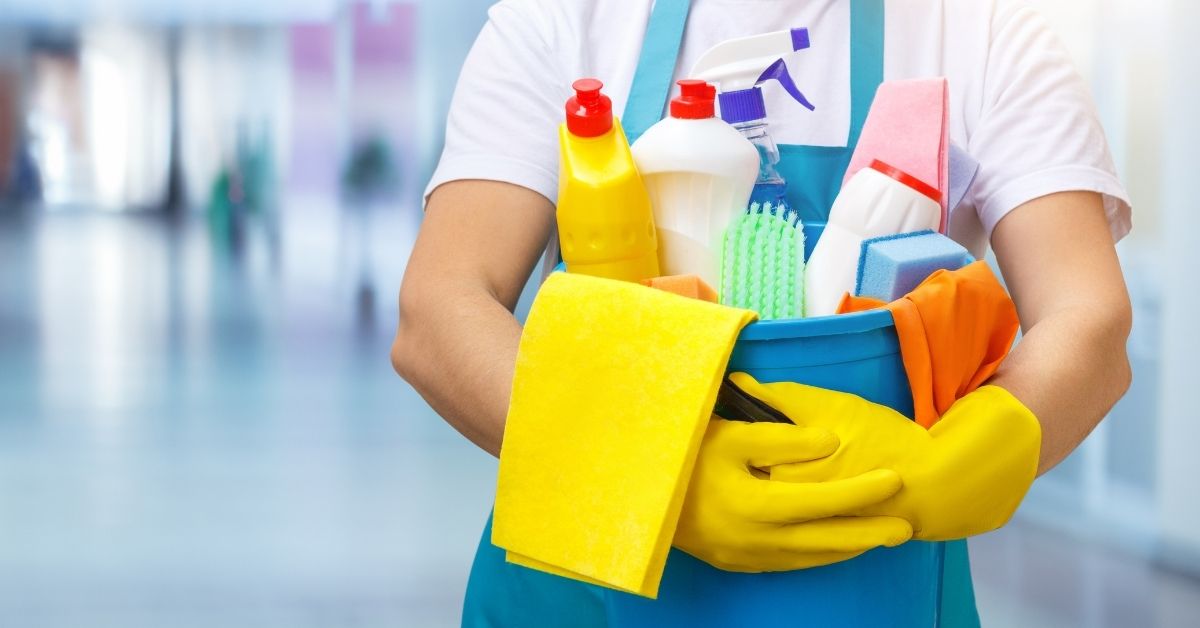
Ethylene-based glycol ethers are also widely used as solvents in cleaning products, and the US Environmental Protection Agency classified glycol ethers as hazardous air pollutants (HAP). Singer et al in their paper Cleaning products and air fresheners: emissions and resulting concentrations of glycol ethers and terpenoids state that:
“While effective cleaning can improve the healthfulness of indoor environments, this work shows that the use of some consumer cleaning agents can yield high levels of volatile organic compounds, including glycol ethers – which are regulated toxic air contaminants – and terpenes that can react with ozone to form a variety of secondary pollutants including formaldehyde and ultrafine particles.”
I’m sure that you have experienced taking a walk down the cleaning isle in any of the major supermarket chains and almost being unable to breathe. This secondary effect of most commercial cleaning products is known as “off-gassing”. Off-gassing is where Volatile Organic Compounds (VOCs) are used to create the products that vaporize and become airborne. The most worrying aspect of this off-gassing is a concept known as secondary toxicity.
You might want to read this: Does Pine Sol Kill Mold And Mildew? The Answer Will Surprise You!
When chemical A and compound B are mixed, the combined toxicity is more significant than the individual toxicity. Little study has been done on the impact of numerous cleaning chemicals on toxicity, although it is cause for worry. We all need to utilize items that lessen the likelihood of such secondary reactions occurring.
The solution For Indoor Air Toxicity
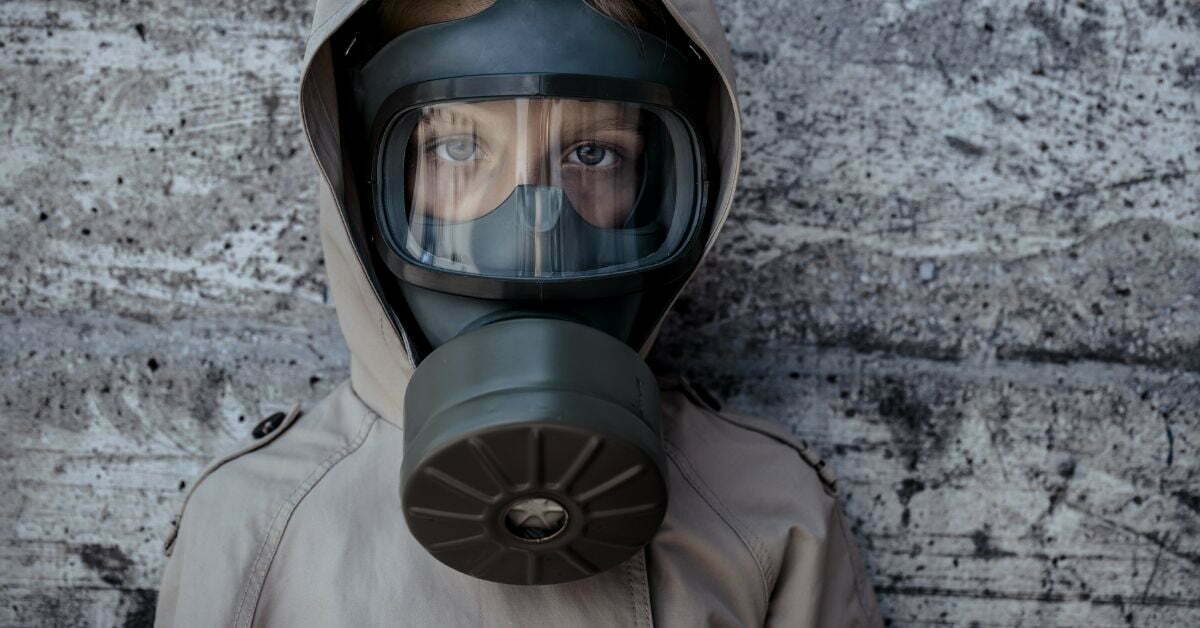
Knowing how toxins get into our homes through cleaning products, the logical approach was to attempt to find a non-toxic alternative. A stroll along the store aisles in search of such a product, however, proved fruitless, as even “earth-friendly” products included harmful ingredients (and we’re not actually “earth-friendly, but that is another story).
I spent a lot of time researching different products. Still, I couldn’t seem to find an ecologically friendly, non-toxic, and family-friendly cleaning product that worked as well as the chemicals. While I enjoyed using them, I discovered that I had to scrub twice as hard to achieve the same results.
Due to a lack of time due to my job, children, and life in general, I kept falling back on chemicals since they were quicker and easier. That is until I discovered Green Aussie Cleaner, an Australian product (GAC).
Having used a number of products by this stage, I really was not expecting anything to improve when I tried the product out. I immediately went and got the BBQ grill plate (being the worst thing I could think of to test the product) and followed the instructions of 1 capful in 1 cup of hot water for this particular application and was highly impressed when all the grease, bits of burnt meat, etc. all came off without heavy scrubbing.
Needless to say, I was sold. You can find the supplier of Green Aussie online by performing a search on the name Green Aussie Cleaner.
